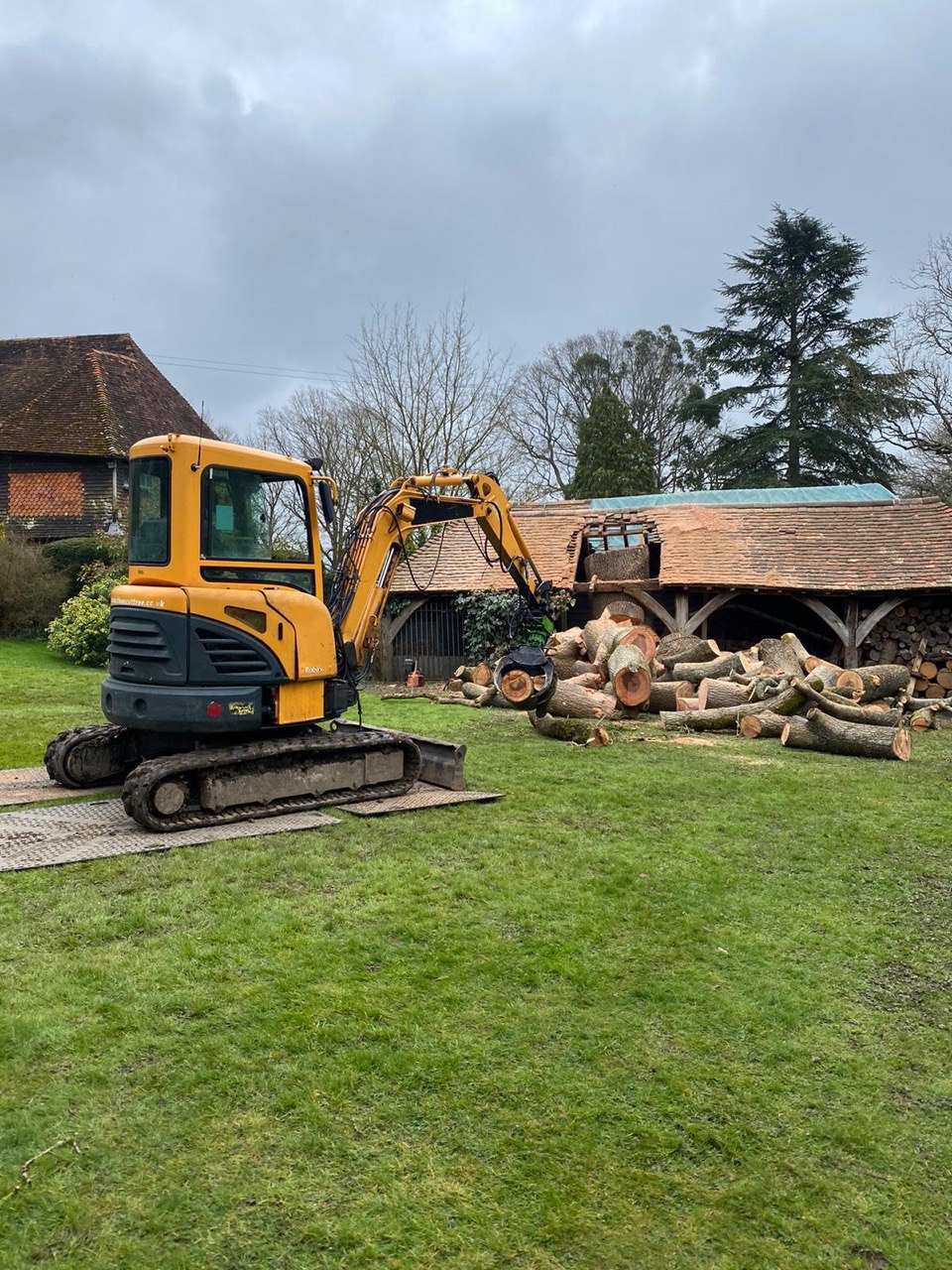Introduction: Tree planting is an investment in the future. It not only enhances the beauty of your landscape but also provides numerous environmental benefits, including improved air quality, reduced soil erosion, and habitat for wildlife. However, choosing the right tree species is crucial to ensure your new trees thrive and contribute positively to your surroundings. This guide will explore the considerations for selecting the perfect tree species for your landscape.

- Know Your Climate Zone
Understanding your climate zone is fundamental when choosing trees. Different species have specific temperature and weather preferences. The United States, for instance, is divided into USDA Plant Hardiness Zones, which help determine which trees are most likely to thrive in your area. Research your zone and choose trees that are well-suited to the local climate.
- Consider Mature Size
Before planting, envision how your landscape will look once the tree matures. Consider factors such as height, spread, and shape. Some trees grow tall and slender, making them suitable for small spaces, while others have broad canopies that provide ample shade but require more room. Ensure the tree’s mature size aligns with your space and purpose.
- Purpose and Function
Determine the primary function of the tree in your landscape. Are you seeking shade, privacy, ornamental value, or wildlife habitat? Each purpose may lead you to different tree species. For example:
Shade Trees: Oaks, maples, and sycamores provide cooling shade in your yard.
Privacy Trees: Fast-growing evergreens like arborvitae or Leyland cypress can create effective privacy screens.
Ornamental Trees: Flowering varieties like cherry, dogwood, or magnolia add beauty and colour to your landscape.
- Soil Conditions
Consider your soil’s composition and drainage. Some trees prefer well-drained soil, while others can thrive in wetter conditions. Conduct a soil test to determine its pH and nutrient levels. This information will help you select trees compatible with your soil type.
- Maintenance Requirements
Different tree species have varying maintenance needs. Some trees are low-maintenance and require minimal care once established, while others may need regular pruning, fertilising, or pest control. Be realistic about the time and effort you can dedicate to tree care.
- Local Adaptation
Consult with local nurseries or arborists to learn about tree species that have thrived in your area. They can provide valuable insights into which trees are well-adapted to local conditions and potential challenges.
- Pests and Disease Resistance
Choose tree species known for resisting common pests and diseases in your region. This reduces the likelihood of dealing with costly treatments or tree loss in the future.
- Native vs. Non-Native Species
Native trees are often preferred because they have adapted to the local ecosystem over time. They provide essential habitat and food sources for local wildlife. Non-native species may lack these benefits and can sometimes become invasive.
- Diversity and Sustainability
Diversify your landscape by planting a variety of tree species. This enhances the resilience of your landscape against diseases and pests. Also, consider planting native species to promote local biodiversity and sustainability.
Conclusion: Tree planting is a long-term commitment that can bring numerous benefits to your landscape and the environment. By carefully considering climate, mature size, purpose, soil conditions, and maintenance requirements, you can select the perfect tree species for your landscape. Consult with local experts to make informed choices and ensure your trees thrive for future generations.
Call us on: 01892 352895
Click here to find out more about PW Tree Surgeons
Click here to complete our contact form and see how we can help with your tree’s needs.